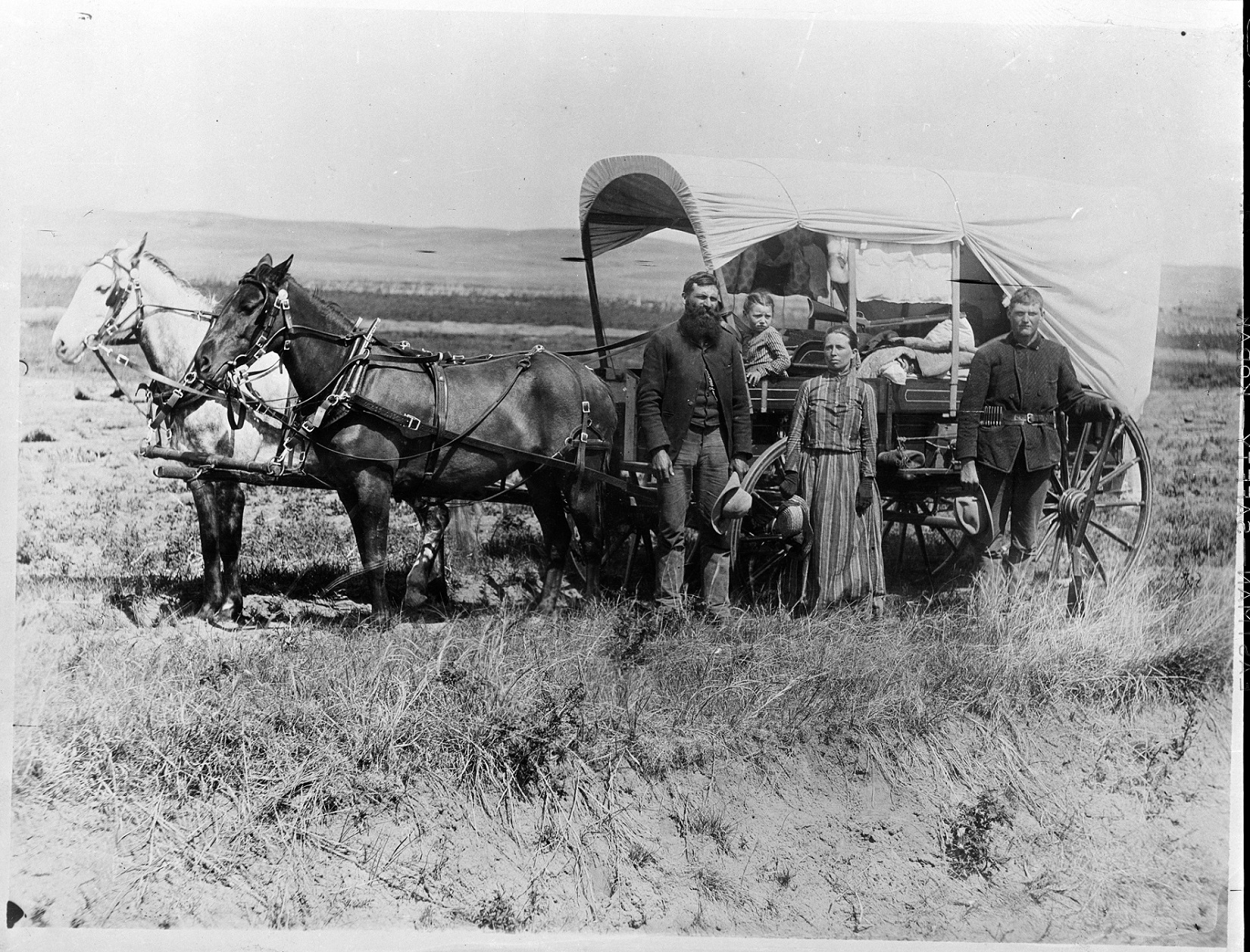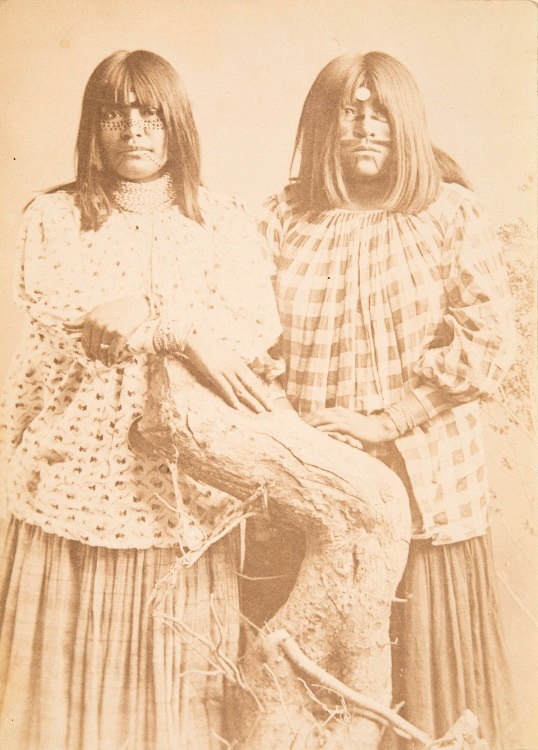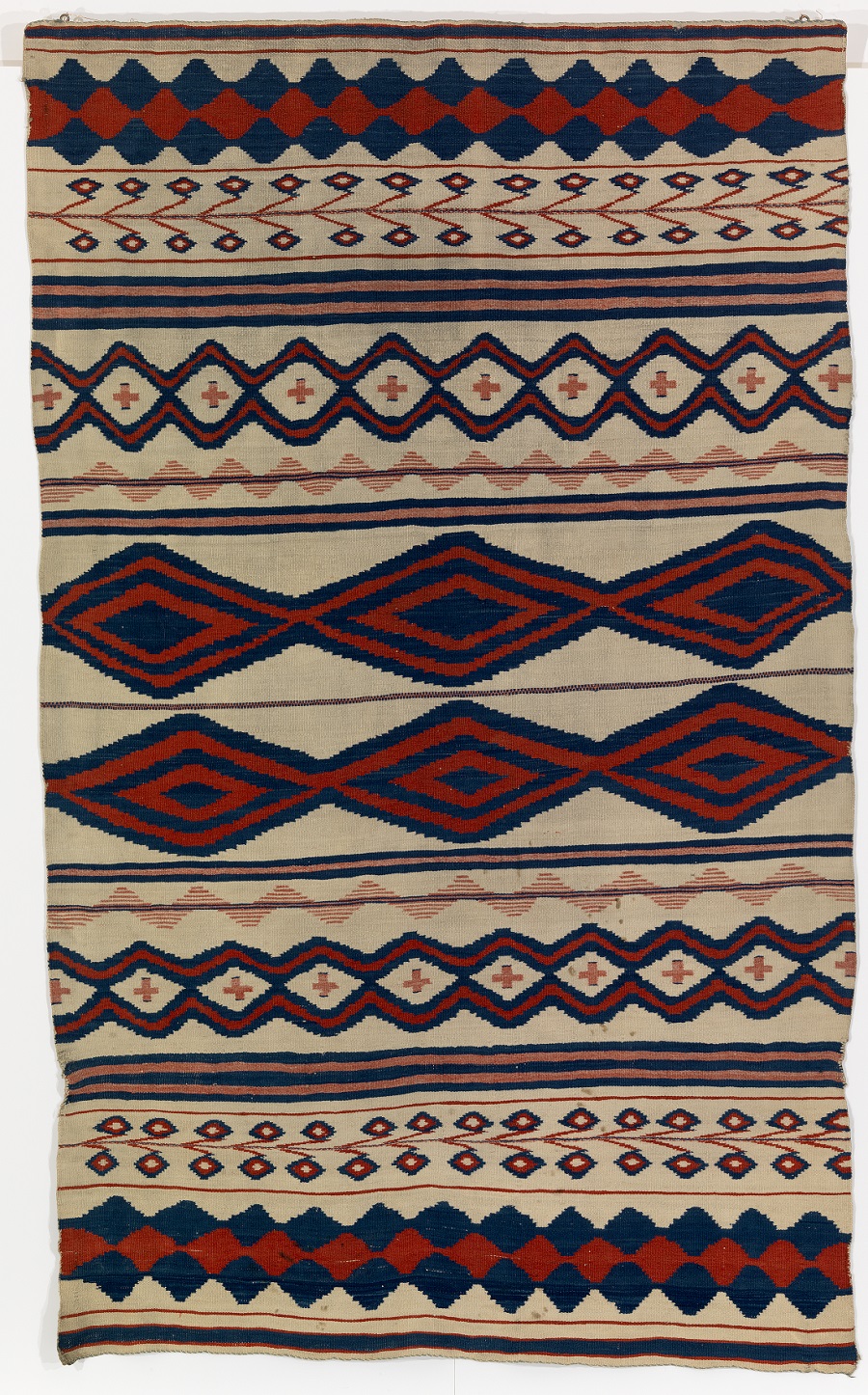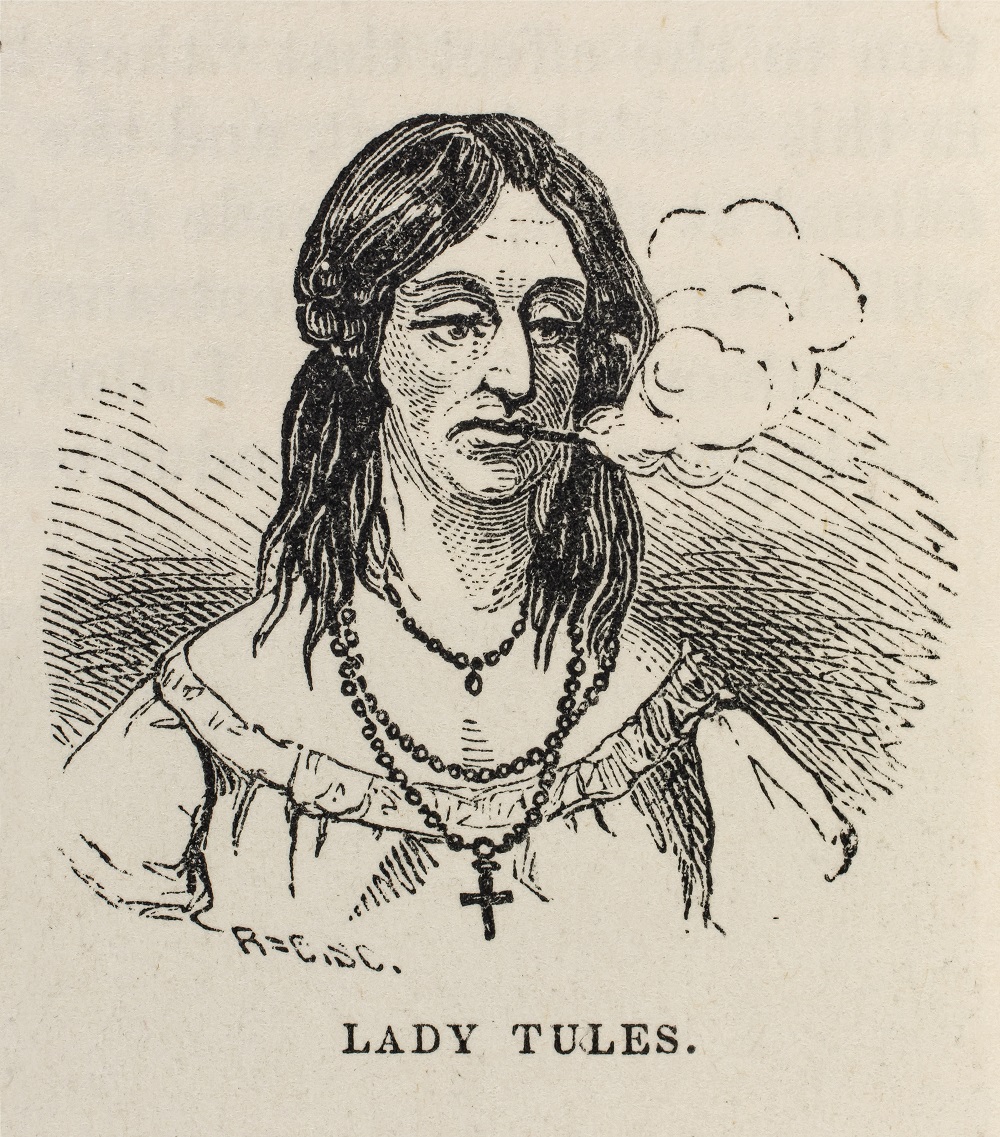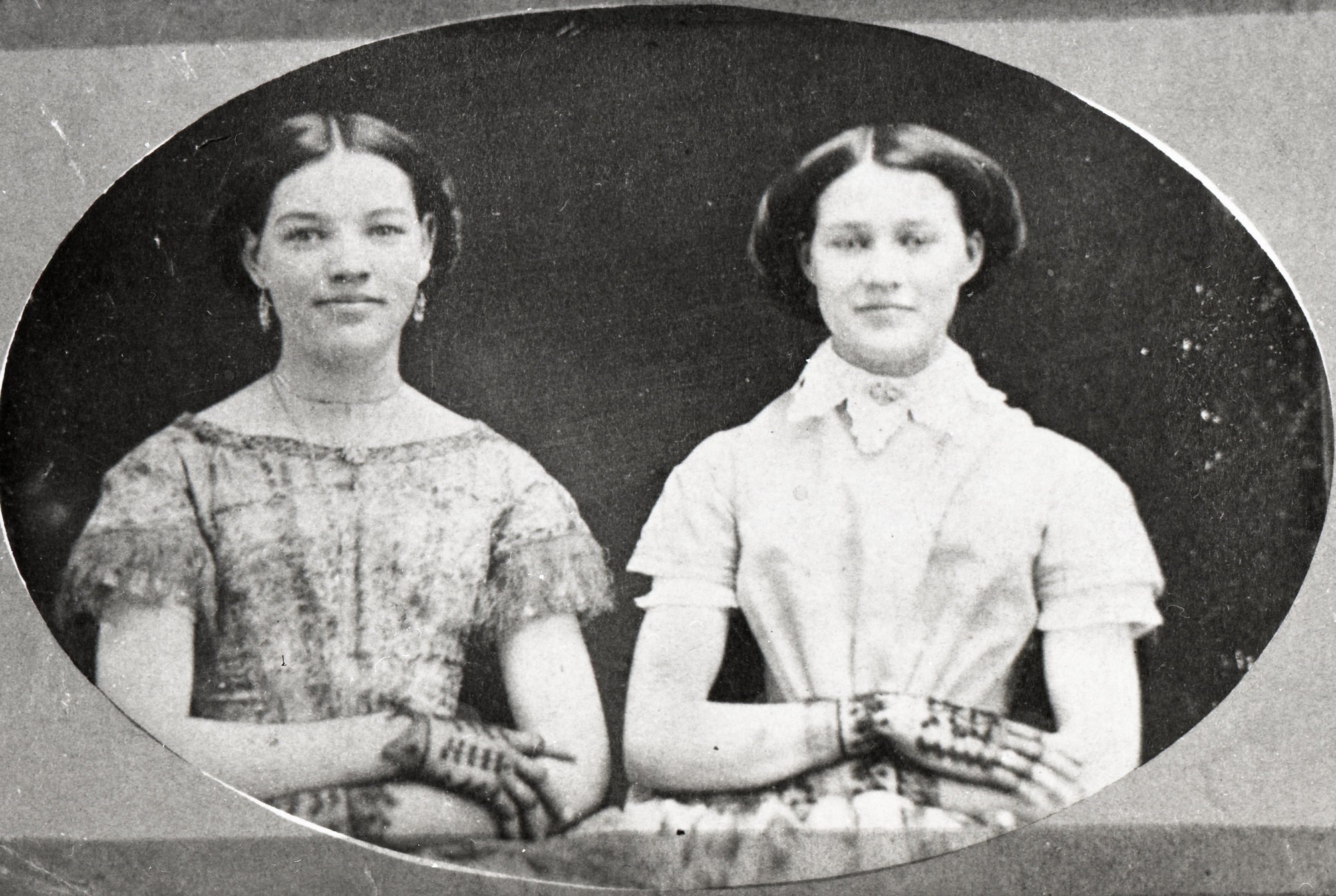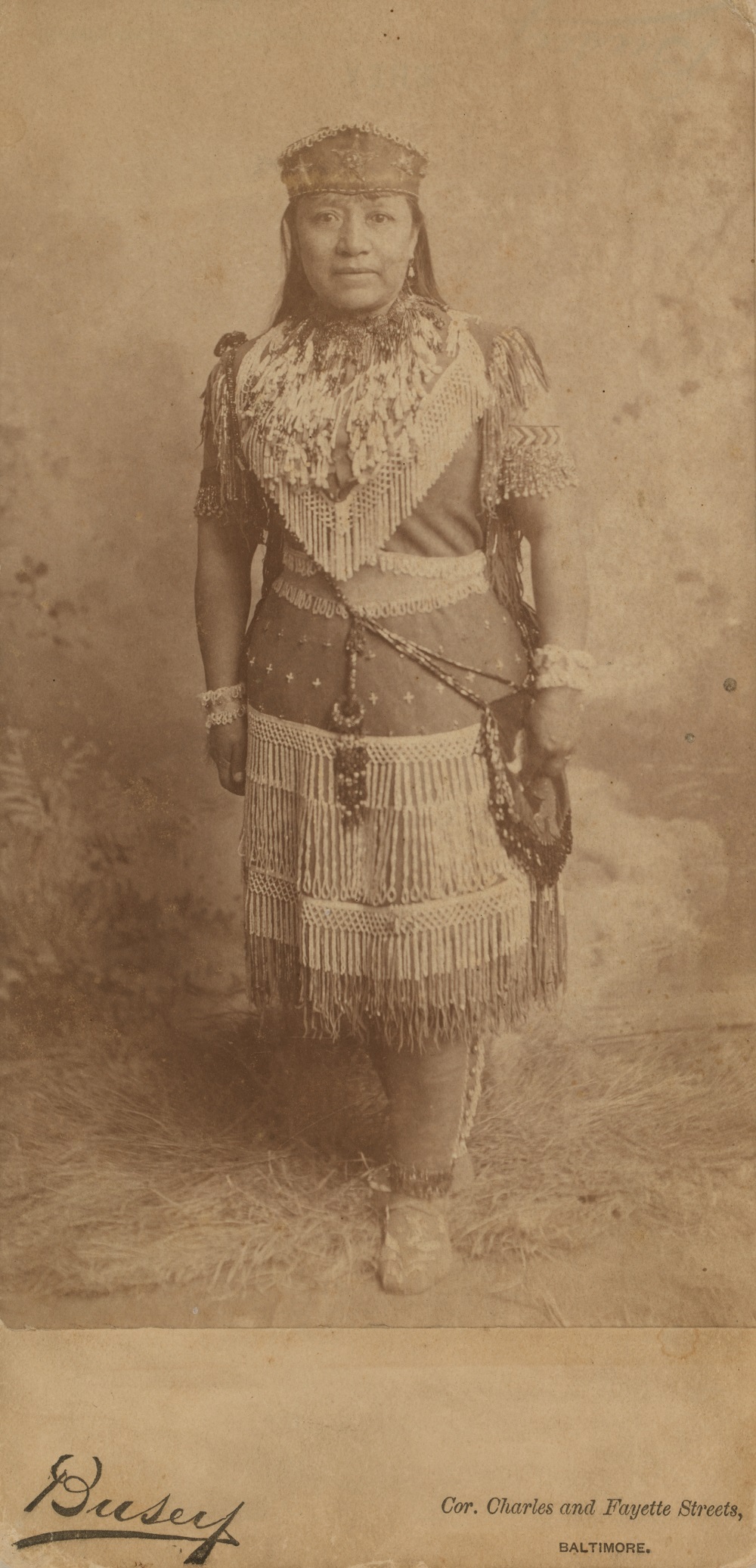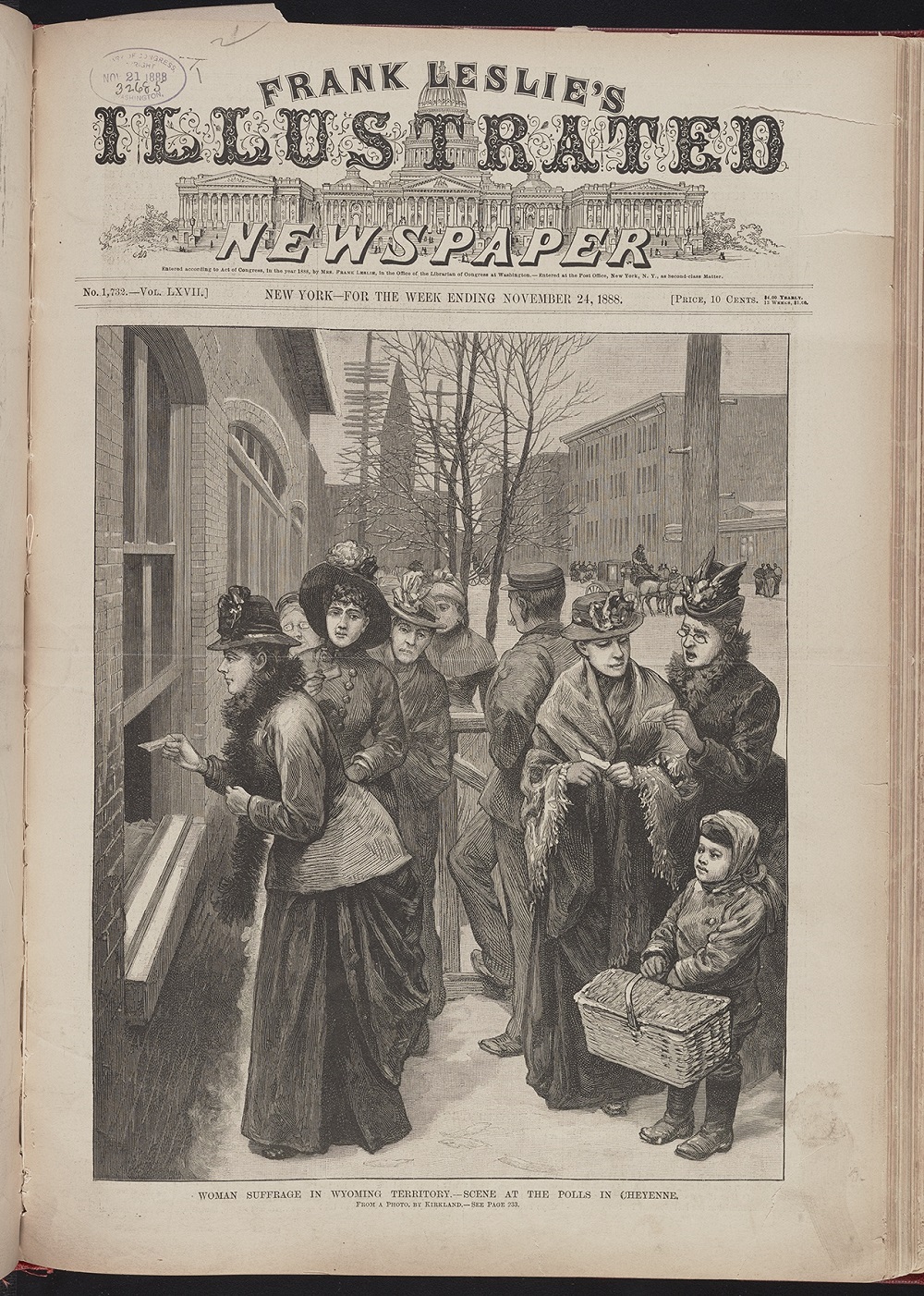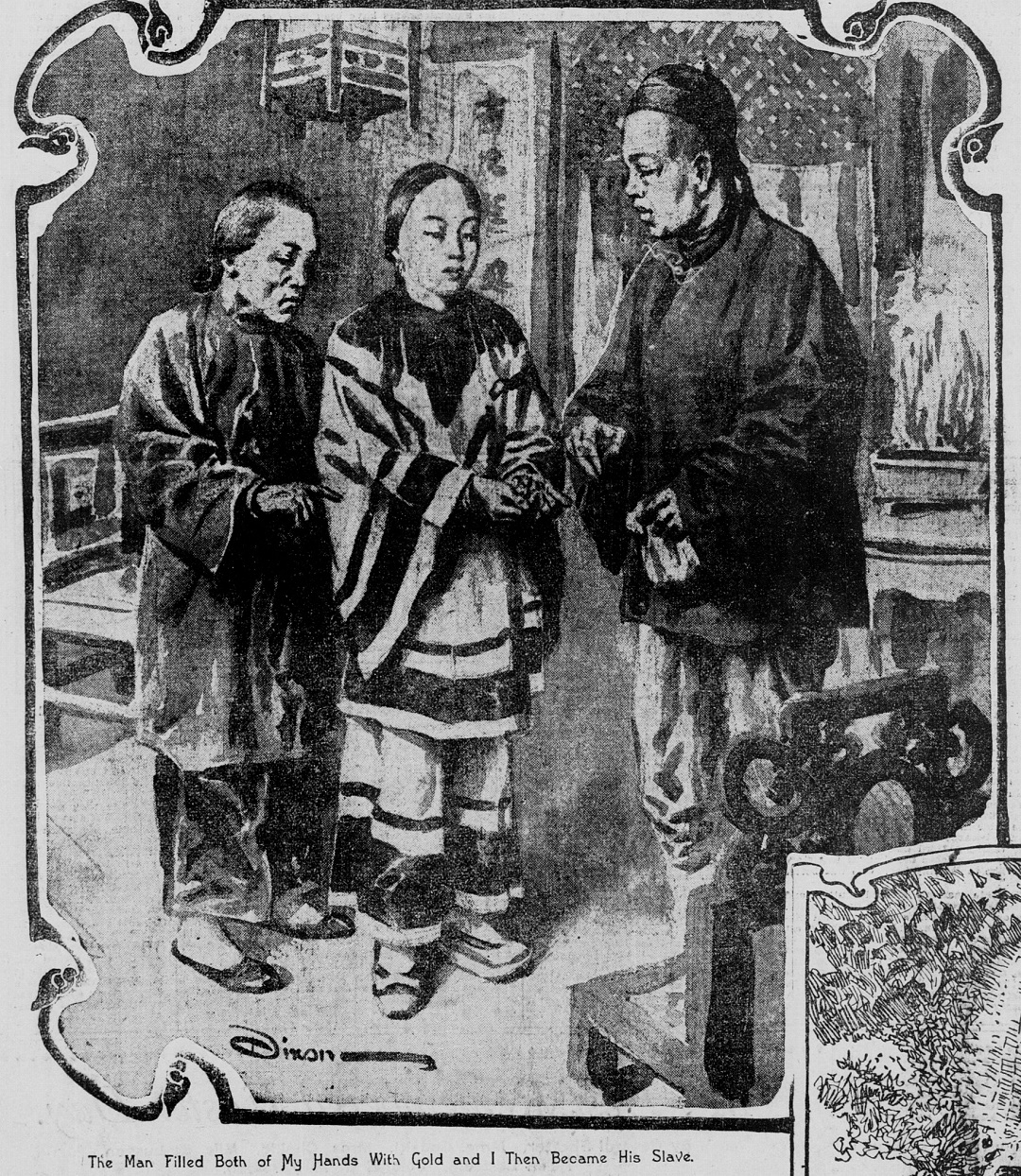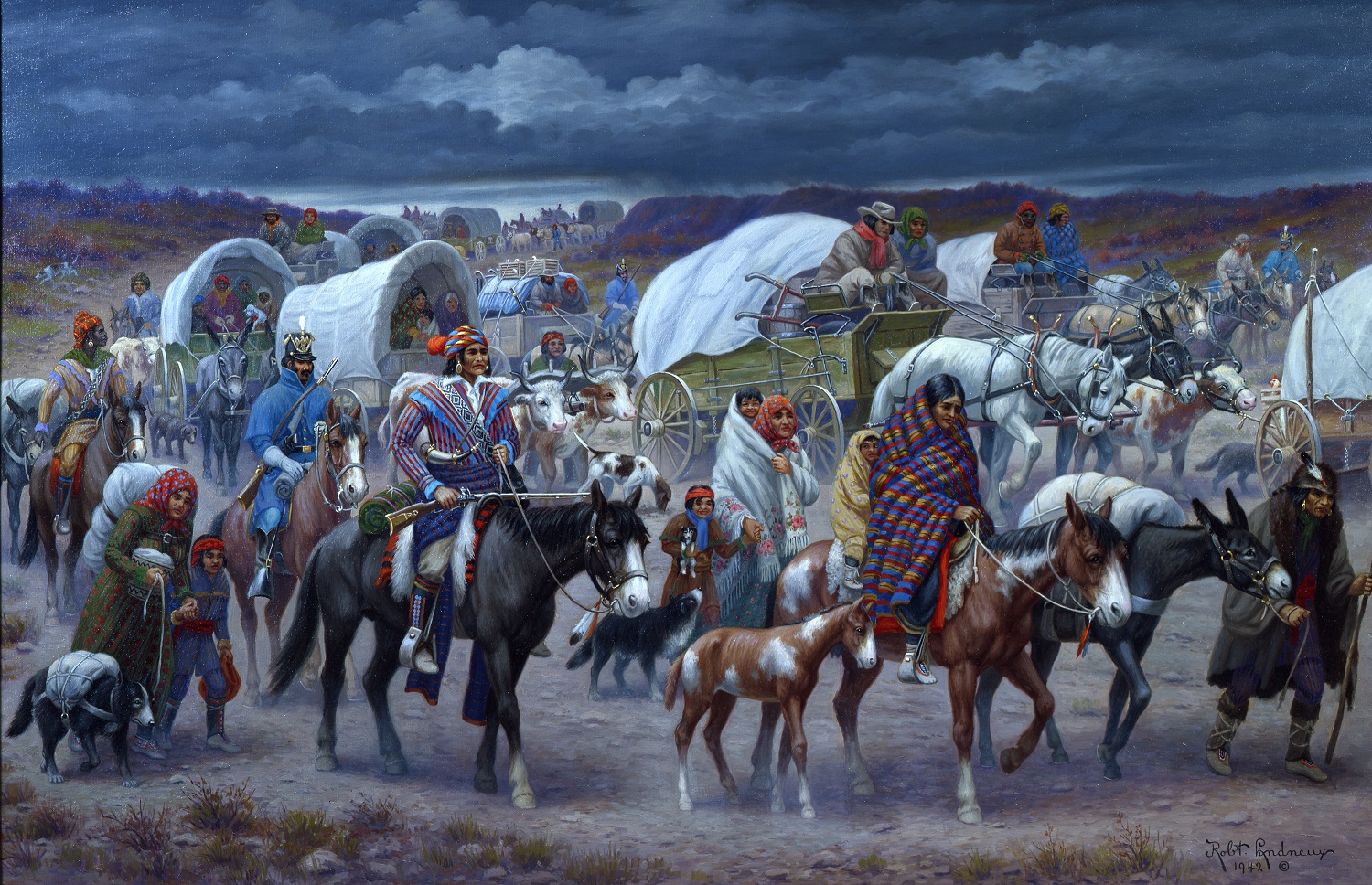On the Wagon Train
On the Wagon Train Family with Their Covered Wagon During the Great Western Migration, 1866. Family with Their Covered Wagon During the Great Western Migration, 1866. WPA Information Division Photographic Index, ca. 1936 - ca. 1942; Records of the Work Projects Administration, Record Group 69; National Archives at College Park, College Park, MD, NARA. Document Text Summary Saturday, September 10th It would be useless for me with my pencil to describe the awful road we have just passed over. Let fancy picture a train of wagons and cattle passing through a crooked chimney and we have Big Laurel Hill. After descending several bad hills, one called Little Laurel Hill, which I thought is as bad as could be, but in reality it was nothing to this last


